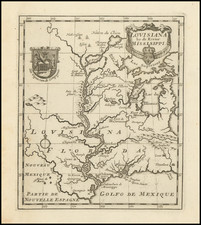Rare early railroad map of Michigan, based upon Cram's first work in 1875. George Cram would become one of the most prolific atlas publishers of the last 19th and early 20th Centuries. However, his earliest maps, issued in the late 1860s, were marvelous separately issued railroad maps. His success led to the publication of two editions of his now impossibly rare Standard American Atlas in 1875 and 1879, which included a number of Cram's rare separately issued railroad maps. We have seen only complete example of these two atlases on the market in the past 12 years. Includes excellent detail showing counties, township surveys, towns, railroad lines, an dother early details. A virtually unobtainable map. A bit of chipping and a few short tears just entering the image, but in all a very nice copy of this rarity.
George F. Cram (1842-1928), or George Franklin Cram, was an American mapmaker and businessman. During the Civil War, Cram served under General William Tecumseh Sherman and participated in his March to the Sea. His letters of that time are now important sources for historians of the Civil War. In 1867, Cram and his uncle, Rufus Blanchard, began the company known by their names in Evanston, Illinois.
Two years later, Cram became sole proprietor and the company was henceforth known as George F. Cram Co. Specializing in atlases, Cram was one of the first American companies to publish a world atlas. One of their most famous products was the Unrivaled Atlas of the World, in print from the 1880s to the 1950s.
Cram died in 1928, seven years after he had merged the business with that of a customer, E.A. Peterson. The new company still bore Cram’s name. Four years later, the Cram Company began to make globes, a branch of the business that would continue until 2012, when the company ceased to operate. For the final several decades of the company’s existence it was controlled by the Douthit family, who sold it just before the company was shuttered.

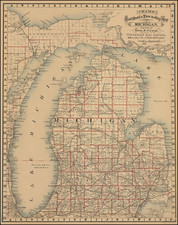








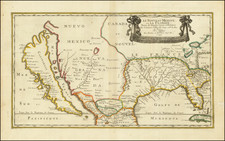
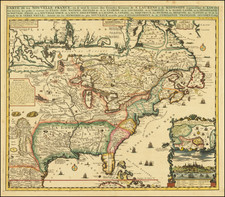
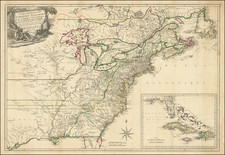
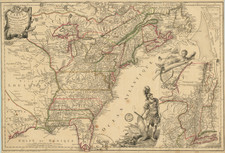
![Military Map of Nebraska and Dakota by Lieut. G.K. Warren . . . [Second state]](https://storage.googleapis.com/raremaps/img/small/95390.jpg)
